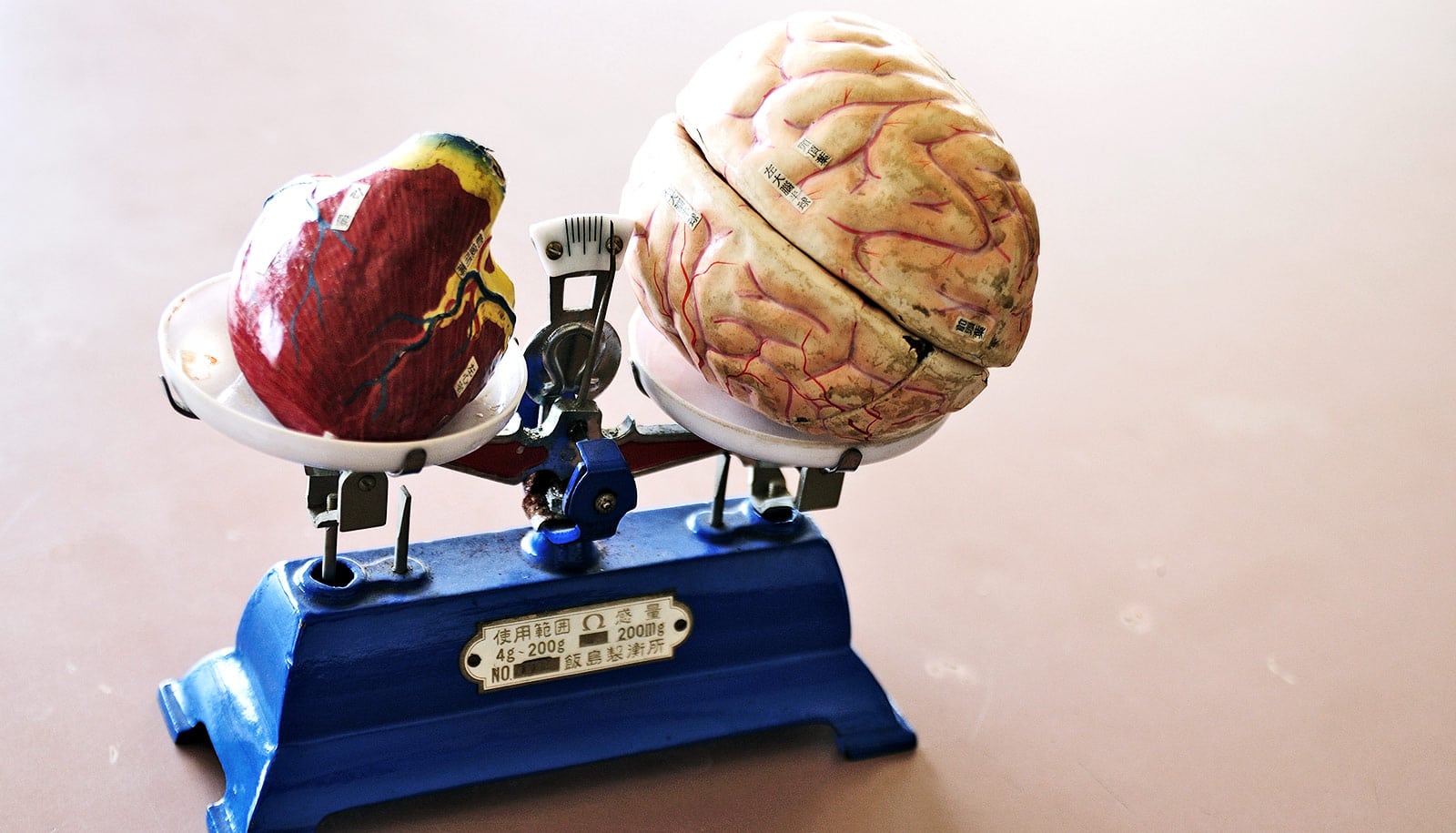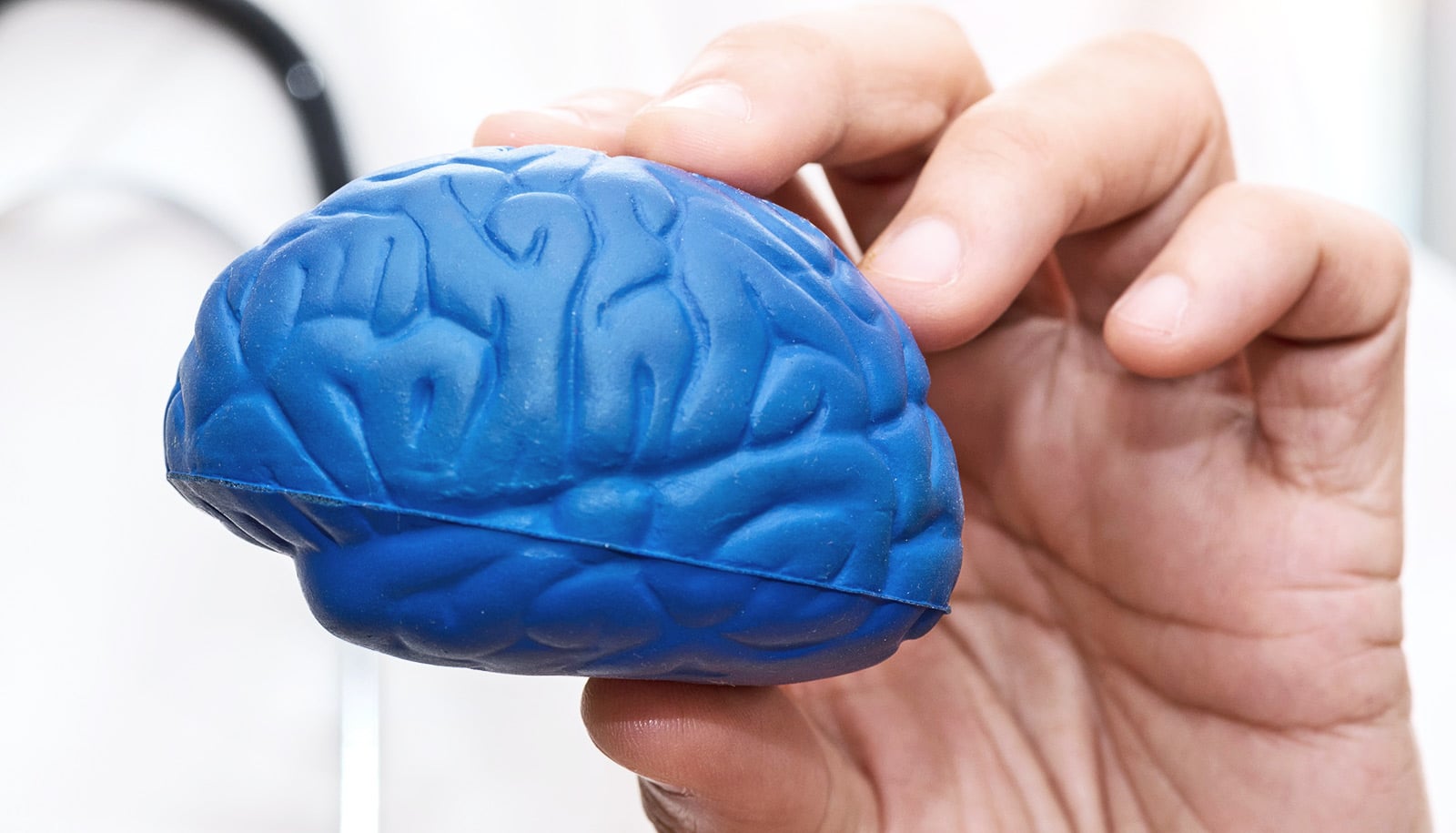Gene mutations implicated in long QT syndrome in humans may trigger seizures because of their direct effects on certain brain neurons—independent from what they do to heart function, a new study with fruit flies shows.
Most people with long QT syndrome have a mutation in a gene that causes bouts of fast, chaotic heartbeats. They also experience fainting spells and seizures.
Previously the clinical approach has largely assumed that when the heart beats erratically, the brain eventually does not get enough oxygen—which in turn causes the seizures.
“This gene seems to be a key factor in the physiological process that protects neurons from starting to fire uncontrollably in response to a rapid increase in temperature, which could lead to paralysis and death,” says Yehuda Ben-Shahar, associate professor of biology at Washington University in St. Louis.
If you can’t stand the heat…
Alexis Hill, recently a postdoctoral fellow in the Ben-Shahar laboratory, discovered this unexpected relationship as she probed the nervous system response to acute environmental stress.
Heat in general causes neurons to start firing faster, so the brain is particularly sensitive to overheating. Mammals and other large animals have ways to maintain their internal temperature and protect their brains from heat. But not fruit flies. With no extra bulk in its tiny body, the only thing a fly can do to regulate temperature is to move from an uncomfortable spot to a comfortable one.
Ben-Shahar had previously published work showing flies that lack a gene called sei couldn’t save themselves at temperatures above 25 degrees Celsius (77 Fahrenheit). They had no ability to buffer heat stress, and started having seizures as temperatures increased.
This gene sei—which other researchers who had previously discovered its role in seizure activity named—shows up in lots of places in fruit flies: in the neurons responsible for primary communication of both excitatory and inhibitory signals, in the glia cells of the nervous system that support neurons in various ways, and in the heart.
As reported in PLOS Genetics, the researchers were able to show that sei protects against heat-induced hyperexcitability only when it is expressed in a few particular classes of neurons and glia. Knocking down the gene in the heart had no effect on seizure activity.
“The ability of flies to resist the heat is in neurons that release neurotransmitters that make other neurons fire faster, the ones that excite neurons,” Ben-Shahar says.
Surprisingly, the study also uncovered a protective role for sei in glia, the other primary cell of the nervous system. Glia have traditionally been overshadowed by the importance of neurons, but in recent years they have been emerging as equally important in maintaining healthy brain functions.
The fact that this work identifies a protective role of an ion channel in glia further supports the idea that glia have much broader physiological functions in the nervous system and how it might respond to environmental challenges, the researchers say.
Independent effects
A look through the scientific literature reveals many references to seizure associated with long QT syndrome, which afflicts human beings with a genetic mutation to a sei-comparable gene called hERG, the researchers say.
But most clinical practitioners assume that these seizures are a secondary outcome of cardiovascular disease. Ben-Shahar hopes this soon will change.
“If you look at population statistics, there is a much higher incidence of seizures in long QT patients than in the general population,” he says.
“Because cardiovascular dysfunction can cause all kinds of problems, in the literature right now it is assumed that the seizures are secondary—that because the people have a sick heart they end up developing seizures and other things.
“It’s possible, based on our data, that it’s two independent effects. Because if the mutation is affecting the function of the gene in the heart, it will affect the function in the neurons.
“And in flies, it’s not going to kill neurons,” Ben-Shahar says. “We know that we can completely eliminate this gene from the fly genome—and flies will develop normally, mostly. Yet they become extremely sensitive to environmental (conditions). It’s possible that that’s exactly what’s happening in people—that it’s completely independent.”



